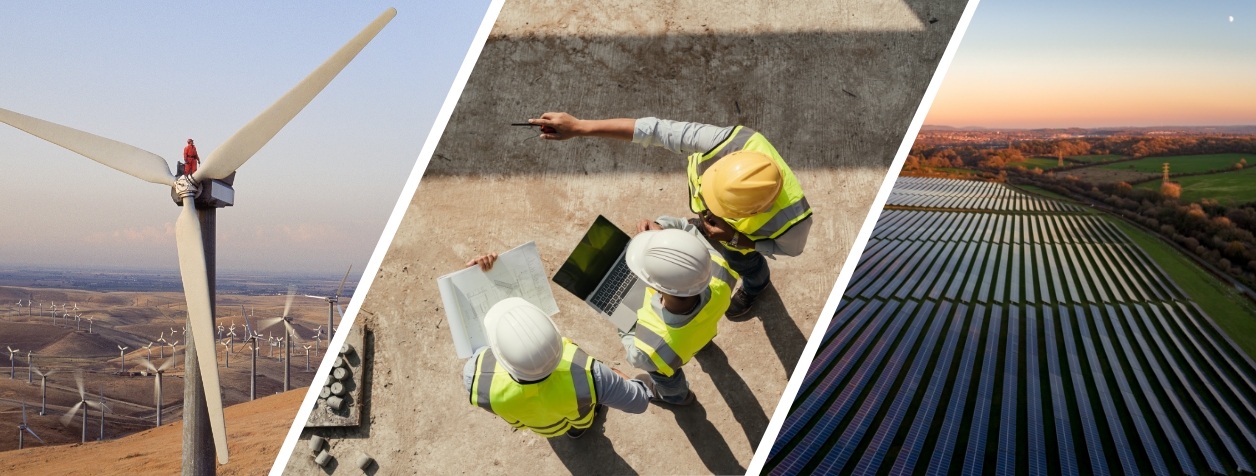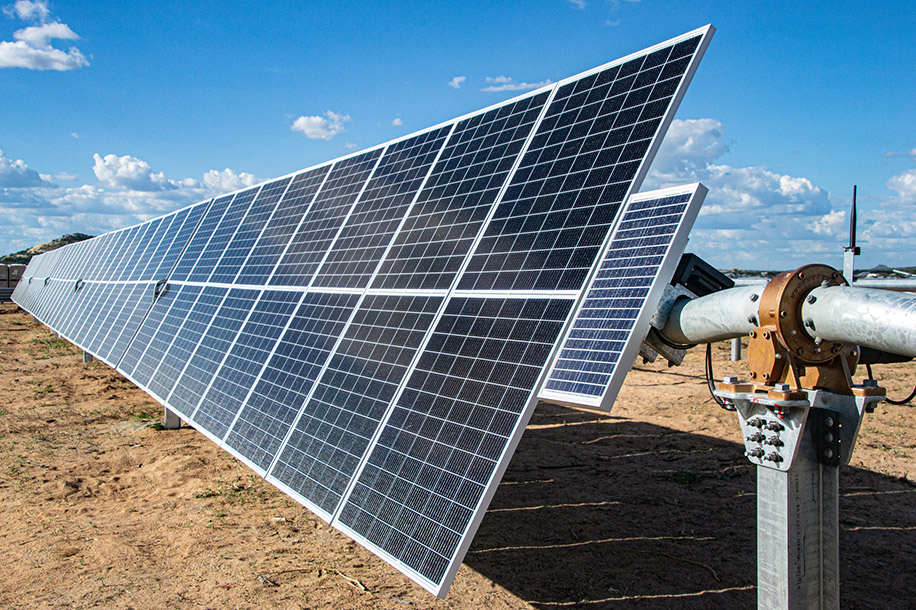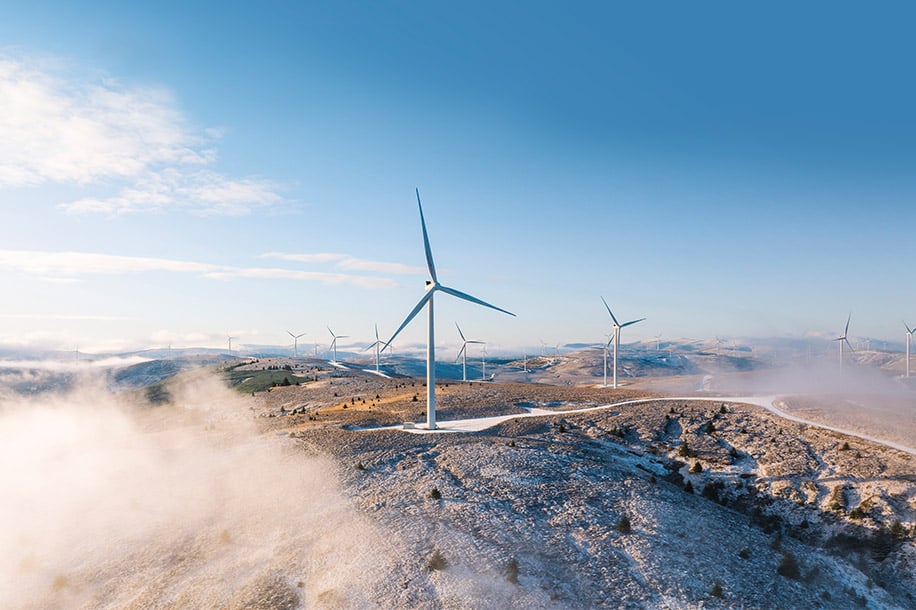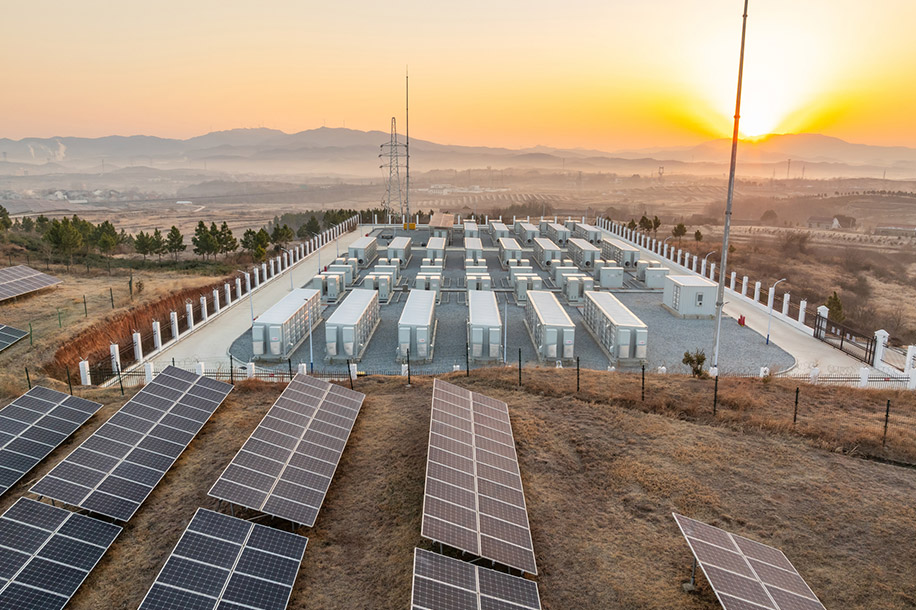Building resilience in renewables construction projects


By Michael Cueman, Head of US Construction and Sam Walsh, Head of US Renewable Energy

Energy infrastructure in the US is undergoing rapid transformation as the urgency to combat climate change intensifies. Driven by technological advancements, policy incentives, and growing demand as the public embraces cleaner, and renewable, energy sources, the momentum driving the transition towards a lower carbon economy also represents a significant opportunity for the construction industry.
As more construction projects incorporate sustainable, lower carbon, and renewable energy technologies, construction underwriters also need to account for new variables such as the integration of these renewable technologies and the evolving regulatory landscape.
Understanding the unique characteristics of each project, the key risks, and the information needed to accurately underwrite them is critical for insurance professionals operating within the renewable energy insurance space. In combining specialty knowledge across construction and renewable energy underwriting, claims, and risk engineering, AXIS aims to develop tailored and elevated insurance solutions for owners or contractors engaged in the construction of renewable energy solutions – and in doing so, support the growth and resilience of this critical industry and its role in the energy transition.
Developing insurance solutions for nascent technologies and future innovation in the energy space will be essential to supporting the transition towards net zero. Equally important is keeping pace with evolving technology and risks associated with more established renewables such as Solar and Wind, supported by Battery Energy Storage Systems (BESS). These remain the main sources of renewable energy and fastest growing electricity sources in the US1.
Solar PV Projects
A recent survey of energy producers and buyers commissioned by AXIS found that solar is the most popular area of renewables investment in the UK and US2. Solar photovoltaic (PV) projects, especially ground-mounted systems, are widespread yet present unique construction insurance challenges.

What are the key risks?
- Extreme Weather: Ground-mounted solar systems are susceptible to damage from severe convective storms, hail, wildfire, and other weather conditions
- Solar farms located in fire-prone regions must be assessed for wildfire exposure, particularly regarding proximity to firefighting resources
- Projects situated on floodplains or slopes face flood risk, necessitating thorough site assessments and planning
- Supply Chain: Increased demand can lead to delays in the availability of critical components like solar panels and inverters

Underwriting Considerations
- Site Assessment: Evaluating the location for solar exposure, environmental impact, any potential hazards such as flooding or extreme weather, and distance to nearest fire department
- Technology and Equipment: Assessing the quality and reliability of the solar panels, inverters, and mounting systems, as well as manufacturer warranties and track records
- Project Design: Reviewing engineering plans for compliance with local codes, structural integrity, and design efficiency to ensure optimal performance
- Financial Viability: Analyzing project financing, including cost estimates, funding sources, and expected return on investment, as well as potential incentives or tax credits
- Construction Timeline and Management: Evaluating the construction schedule, project management experience, and the ability to handle delays or unexpected issues
- Hard Cost Breakdown: Assessing the financial viability of the project, evaluating risk, and determining appropriate insurance coverage based on the actual construction costs involved and related value build up
- Natural Catastrophe Mitigation Plan: Understanding of potential natural exposures and how to prepare for them to mitigate or potentially eliminate risk of loss
- Vegetation Management: Reviewing procedures for managing vegetation onsite with the aim of reducing the risk of fire spreading, whether originating onsite or off.
Onshore Wind Energy Projects
Onshore wind projects are typically located in remote areas and comprise wind turbines, transmission lines, and substations that connect to the utility grid – all exposing them to specific construction risks.

What are the key risks?
- Mechanical and Electrical Failures: Equipment failures can occur during both construction and operational phases, requiring specialist cranes for repairs that may have limited availability, which can disrupt timelines and increase costs
- Natural Catastrophe Events: Wind turbines are at risk from tornadoes, flooding, hurricanes, and wildfires
- While wind turbines are designed to endure flooding, access roads and other infrastructure can be compromised, causing delays and increased costs during construction
- Wind projects may also face liability risks if wildfires spread from the site to adjacent properties, making it essential to evaluate fire management protocols
- Remote Locations: The remote locations of wind farms pose logistical challenges, increase costs and complexity due to transportation of large components, potentially necessitating the construction of access roads and additional infrastructure investments

Underwriting Considerations
- Statement of Values: A comprehensive statement of values is required to reflect equipment risks
- Track Progress: Use a construction timeline to monitor progress and identify critical path issues
- Information Gathering: Collate necessary information on turbine manufacturers, models, and maintenance histories
- Monitor Risk: Deploy wildfire risk assessments and disaster response strategies
- Spare Parts Inventory: Understanding what additional equipment is onsite, especially regarding blades or gearboxes. This helps to ensure the project timeline is adhered to in the event of a loss
Battery Energy Storage Systems
BESS are integral to enhancing grid reliability in the US and have seen significant growth over the past five years. These systems can be standalone or coupled with Wind or Solar projects, including being added to older, operational projects.

BESS installations can typically be classified into two main styles:
- Warehouse-Style Systems: Large battery systems centralized within a single building, allowing for extensive energy storage but posing higher risk concentrations
- Containerized/Modular Systems: Smaller, modular units arranged with adequate spacing, minimizing risk exposure through physical separation
What are the key risks?
- Thermal Runaway: A major risk in BESS construction, especially associated with lithium-ion batteries. This reaction can lead to catastrophic failures, necessitating thorough risk assessments during the construction phase
- Vulnerability of Warehouse Systems: The risk of a thermal runaway incident affecting the whole facility is higher in warehouse-style installations. Effective fire suppression systems are crucial, but their activation may lead to significant financial implications even if they prevent further damage
- Fire Hazards: The potential for fires in battery systems requires robust fire safety measures. Containerized systems, which maintain adequate spacing, are preferred for their reduced risk profiles compared to warehouse-style systems
Underwriting Considerations
- Project Design and Configuration: Detailed layouts, especially for containerized systems, help insurers determine probable maximum loss scenarios in case of thermal runaway
- Manufacturer and Equipment Details: Information on battery manufacturers and the availability of spare parts is vital for assessing operational risks
- Fire Safety Protocols: Comprehensive details about installed fire suppression systems and emergency response plans
- Backup Power Systems: Ensuring reliability of power sources during grid outages is crucial, particularly for cooling and safety systems
- Contractor Experience: While BESS has grown significantly in recent years, it remains a relatively new technology being deployed on a utility scale; it is imperative to know what level of experience a contractor has had in this space
Understanding the unique risks and requirements of each project type, from site assessments and financial viability to natural catastrophe mitigation plans, will be crucial for effectively evaluating and insuring these projects, and ensuring their success and longevity.
As the renewable energy sector continues to evolve, the complexities associated with solar PV, wind, and BESS demand a comprehensive and specialist approach from construction underwriters.
In close alignment with strategic distribution partners and customers, AXIS continues to support the global energy transition and develop specialty risk solutions for the construction of tomorrow’s sophisticated renewable energy projects.

About Michael Cueman, Head of US Construction
With over 20 years of experience in the property and casualty segment in North America, Mike is a certified construction insurance leader, an innovative problem solver, and currently the Head of US Construction at AXIS. Mike is passionate about solving complex and challenging problems, leveraging his expertise in inland marine products and program design to elevate specialty solutions in construction for his customers and partners. To learn more about the AXIS US Construction offering, clic k here.

About Sam Walsh, Head of US Renewable Energy at AXIS
Sam joined AXIS as a Senior Underwriter in 2020 before taking over the role of Head of US Renewable Energy. Prior to joining AXIS Sam worked at GCube Insurance for 10 years, originally joining the company as an Assistant Account Executive, when they opened their New York office, before going on to become the Senior Underwriter for North America. Sam is a graduate of the University of Miami with a degree in Economics and International Studies. He is based in Chicago. To learn more about the AXIS Renewable Energy offering, clic k here.

